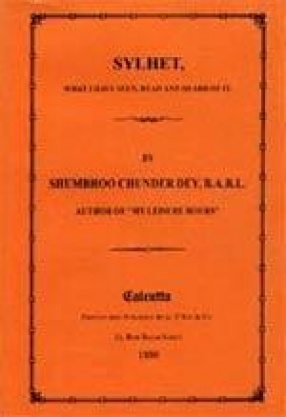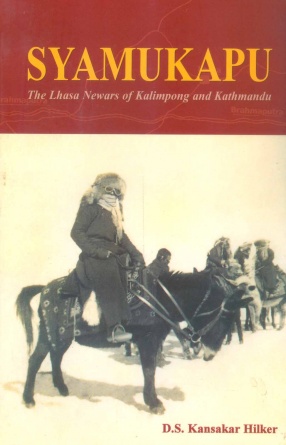Sylhet: What I Have Seen, Read and Heard of It
This little work, simple as its title is, is quite unpretending. It hardly deserves to be called a history; nay it cannot even be placed side by side with Beveridge’s Backharganj or with Westland’s Jessore. In fact, it is a plain unvarnished record of my experience of Sylhet acquired during my residence in it for about two years. I went to Sylhet as Moonsiff of Russoolganj in 1872, and this book was written in 1874. At that time sylhet was under the rule of the Lieutenant Governor of Bengal, but a great change has since been made in its regime. Whether the change was for the better or for the worse it is not for me ot judge, but this I can not help observing that to turn, a Regulation into a non-Regulation District was not quite in keeping with the progressive policy of the British Government. I, however, have not thought it advisable to make any alterations in the work in consequence of the change referred to above, there being the greatest probability of Sylhet soon reverting to its former position. But not only has the regime of Sylhet been changed since this work was put in black and white, some great personages of the land also who were hale and hearty at the time, have since been ‘gathered unto their fathersâ€. Haji Syud Bukto Mozoomdar and Ali Ahmed Sha, for instance, have passed into the land of the dead, and it may be that a few more also have shared the same fate. However, I have not in any way interfered with the work on that or any other ground in as much as such interference would necessitate the re-writing of a great portion of it. The work has, therefore, been left exactly in the same state in which it was produced in 1874. Sylhet being used in this work as including also the Khassiah and the Jaintah Hills, I have in speaking of it used the work Country instead of the word District.
Get it now and save 10%
BECOME A MEMBER







Bibliographic information